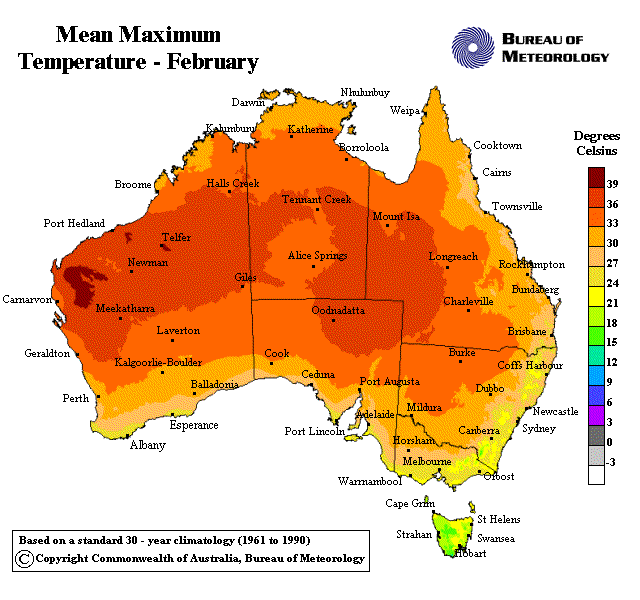Expats in Australia will remember this summer mainly for nature wreaking absolute havoc across the country.
It began in the second week of the new year with the devastating floods that saturated large parts of Queensland, including the heart of the city of Brisbane, swamping scores of towns and taking lives in one of Australia's most expensive natural disasters on record. More than 500,000 square kilometres of the state, including 86 towns and cities, were ultimately affected by the flooding and more than two million people found themselves living in areas declared disaster zones.
 |
| A devastating year for Queenslanders. Photo: Jamie Hanson/Newspix/Rex Features |
While Queensland was still reeling from January's devastating floods, the far north of the state was hit by a second natural disaster in the form of tropical cyclone Yasi, which smashed into the Australian east coast early on February 2. The monster cyclone, which crossed the coast between the towns of Innisfail and Cardwell, brought screaming winds and torrential rain to the region but, thankfully, lost some of its ferocious power as it made landfall in the early hours of the morning.
In the week that followed the aftermath of Yasi, Australia was struck by yet another disaster as bush fires raged out of control around Perth and razed homes to the east and north of the city. People were taken to hospital with smoke inhalation, large numbers were evacuated from their homes, and local fire services struggled to keep the fires under control in strong and often unpredictable winds.
Meanwhile, Sydney sweltered in a record-breaking heat wave with seven days of temperatures above 30 degrees in the city. The heavily populated suburbs to the west of Sydney endured more than eight days of 35 degrees and above, often reaching temperatures in the low 40s during the day and in the high 20s overnight.
As the country received yet more punishment at the hands of Mother Nature, it begged the question of this expat Down Under: just what was in store next?
While waiting for the next act to commence in this grisly summer performance, I realised that I was fast becoming anaesthetised to each crisis unfolding before my eyes.
As the latest disaster played out, I realised I had become more and more detached from the obvious day-to-day horror experienced on the ground as I took each crisis for granted and in my stride – why, it was just another Australian natural disaster after all, an almost annual occurrence in this part of the world. These catastrophic events made for addictive TV but I wasn’t connecting on any level with the scenes taking place in front of me. These were parts of Australia I’d never been to, people I’d never met, and extreme natural disasters the likes of which I had never encountered back in mild, safe England.
I simply couldn’t comprehend the danger and hardship that these people were enduring on a regular basis and, as harsh as it may sound, the images on the television remained just that - images of events seemingly far away and of no real concern or threat to my wellbeing.
Fully expecting to hear news of yet another natural phenomenon to strike the mainland, I received a late night phone call advising that my wife’s grandmother was being evacuated from her waterfront apartment, which happened to be situated in the direct path of Cyclone Yasi as it advanced on the city. Only then did the reality of this abnormal situation hit home as we waited for several hours through the night wondering if she had made it to a safer place.
This personal experience brought home the fact that there were regular, everyday people out there facing the full force of these torrential storms, raging flood waters or burning forests. Real people who had not been able to escape whatever catastrophe was coming their way, enduring individual horror and heartbreak in the midst of untold chaos and destruction, fighting simply to survive.
The pictures on television told these individual stories in real-time and I found myself glued to the television over the coming weeks, following these plucky Australians up and down the country as, time and time again, survivors told of dealing with their own nightmare situations, how they picked themselves back up off the ground and fought on against the uncontrollable carnage consuming their local environment.
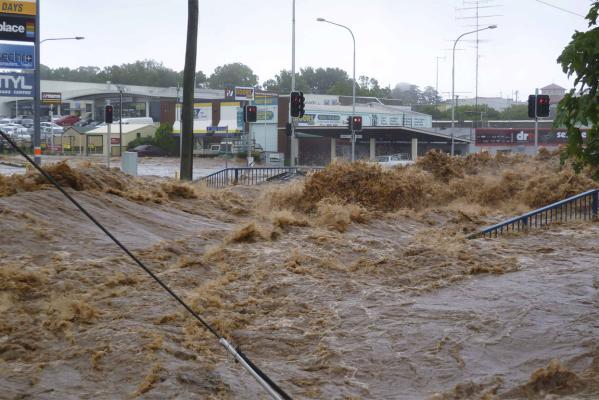 |
| Flash flooding in Toowoomba, Queensland |
Thankfully my wife’s grandmother was evacuated in good time but many were not so fortunate as the floods and storms claimed too many lives in a summer memorable for all the wrong reasons. There was much talk of the Aussie strength of spirit as townspeople beat the odds and hit back against adversity, of the strong bonds of "mateship" shining through in each and every instance.
These stories sounded familiar to me from another time and place. I felt that I knew these reports of innocent passers-by caught up in terrible situations, of strangers stopping to save a neighbour from imminent danger, of affected people returning to their lives in the aftermath of such horrid events, unswerving and single-minded in their determination to get back to normality as quickly as possible. It reminded me of the underlying character that defines a place and a people. It reminded me of my homeland, of my own people, and I now saw it again through my new expat eyes in Queensland, Victoria, New South Wales, and across the whole of Australia.
In those early weeks of January and February, I found it far too easy to watch one disaster after the other with a blasé attitude to the danger and no resultant connection to the people. I always thought myself respectful of this country and connected with Australians, yet the lesson I learned in those short weeks was that, in taking both for granted, I forgot my place as an expat and briefly lost my way as a new citizen.
This appeared in The Telegraph's Expat Life section on 18 February 2011 - http://www.telegraph.co.uk/expat/expatlife/8328105/First-floods-then-cyclones-now-bushfires-what-next-for-Australia.php

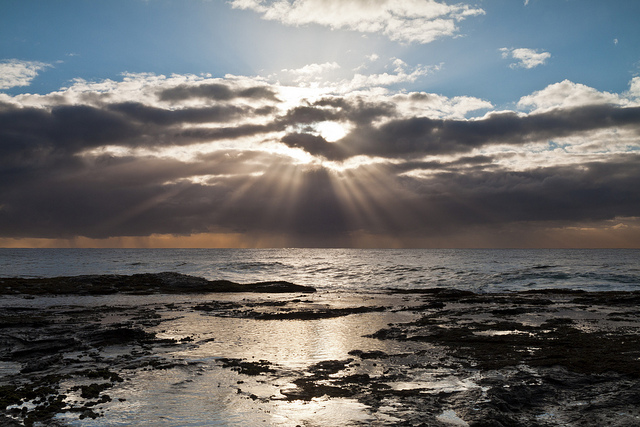

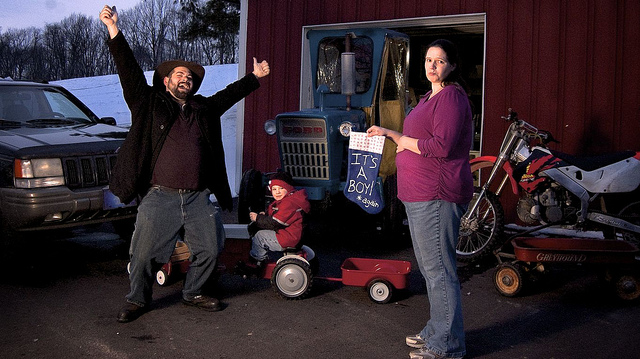
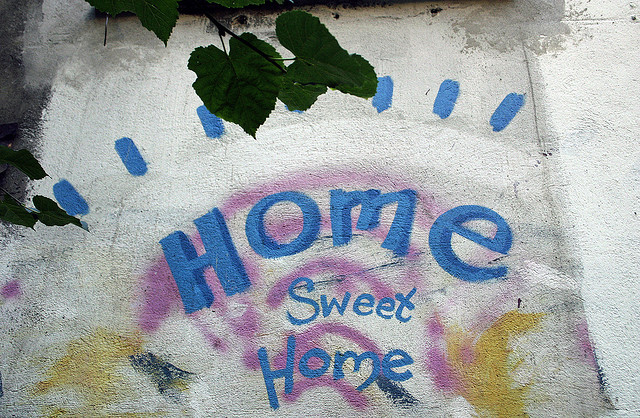
 Thursday, February 24, 2011
Thursday, February 24, 2011
 Russell Ward
Russell Ward

 Posted in:
Posted in: 
